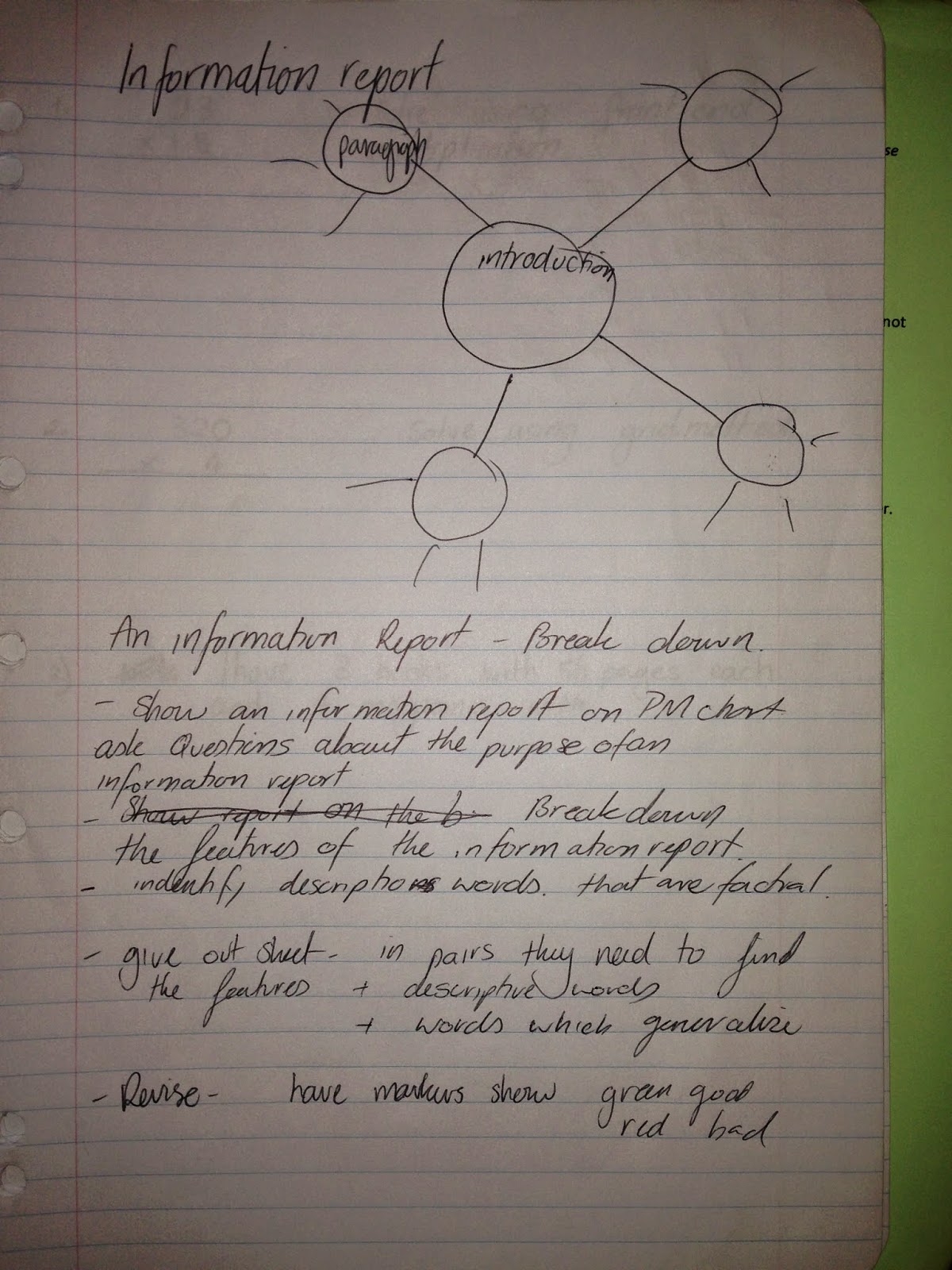I had a struggle day today. I had planned for a NIT that I thought I had to do some planning. I was told as I was about to leave that it wasn't a NIT. CRASH BANG eeeeek. That's what my brain said to me.
Alternate plan. Planning for 15mins at Recess. I managed to do it all but felt rushed and hungry and tired for the rest of the day. I would like to say I managed but I don't know if I did.
A positive from the day- I managed to improvise a section of my guided reading when I found out I didn't have enough books. I split the threes from the 4's and 5's.
Note to think about- grouping for history. How can I make it better for tomorrow so they optimize their learning?
I have also reflected on how my classes are going in History. I am finding this class a challenge to differentiate but also rewarding. So far I have included a menu activity for the students exploration of the Peramangk people. I have also used the grouping chart to help with this. I have changed groups from 7 to 3 as this was more manageable. I feel the differentiation is going well and students are working to their ZPD. While a lot of students need help to guide them on their way, once they have an idea, they can work independently.

Even though I have put all the information in the task folders so I do not have to explain 4 lots of instructions, I am still spending a lot of time in class being bombarded by students who want help. By bombarded I mean, they constantly come up to me to ask the simplest of questions such as "can I use pen instead of pencil". Students will be lining up 3-4 at a time to ask these questions while I am trying to give my attention to a student who needs help.
Due to this I have made a new technique to help me in class. This will also help with students to maintain a learning flow in the class. I have made a concierge board. Students will write their name on the board if they want help and then they go back to their desks and continue their work until I come to them. It is so far working really well and I feel less stressed with 4 students following me all the time and not learning!
I used this from the first assignment.
I have also allowed students to type their answers if they are struggling with writing. This was a reflection from the assignments.
Something else that I am doing this week and is allowing a student to attend the year 6/7 math classes. This student is a dyslexic year 5 student but excels at Maths. After discussion with the Mentor teacher, the 6/7 teacher and the Principal, we are trialling this student in the 6/7 class to see how he goes. I thought this would be a good idea as this student lacks confident in some areas of school due to his dyslexia and this extension will boost his confidence. I thought about this idea after attending a dyslexia PD day as well as reading from the article by Krause (2010). This student has special needs in a disability but also has special needs for his high mathematical ability. He will also be able to attend the year 4/5 math lessons as well on some days of the week so he doesn't feel left out from his class and what they are learning. I am going see how he is going after two weeks and talk with him to see if he is enjoying it.
Krause, Kerri-Lee Dawn 2010, 'Learners with special needs and inclusive education', in Krause, Kerri-Lee Dawn,
Educational psychology for learning and teaching, 3rd edn, Cengage Learning Australia, South Melbourne, Vic., pp. 326-363.












 We are pleased you have taken time to visit our
website. We are proud of our school and its long tradition of
educational excellence.
We are pleased you have taken time to visit our
website. We are proud of our school and its long tradition of
educational excellence.

